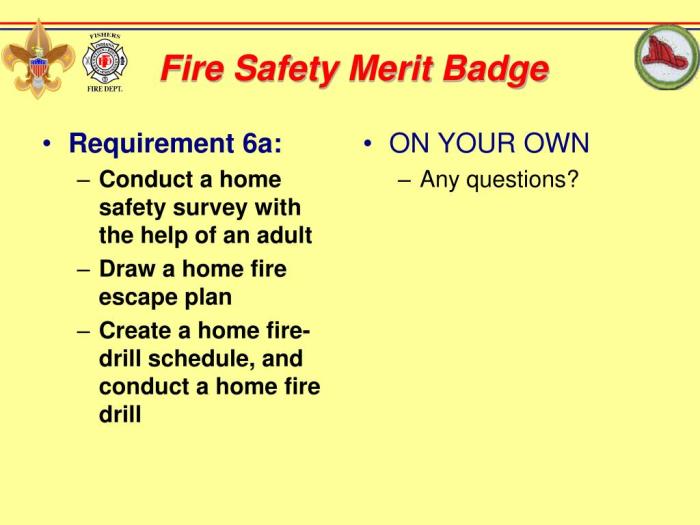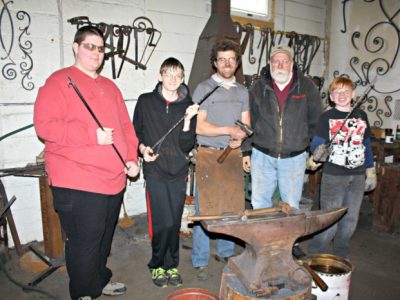Scout camp storytelling techniques are a powerful tool for engaging and inspiring young minds. By harnessing the power of storytelling, scoutmasters can foster values, character traits, and leadership skills in their scouts.
This comprehensive guide explores a range of storytelling methods, activities, and techniques tailored specifically for scout camps. From campfire storytelling to interactive games and competitions, we’ll delve into the art of captivating young audiences and creating a memorable and enriching camp experience.
Storytelling Methods for Scout Camps
Storytelling is a powerful tool that can be used to entertain, educate, and inspire. It is an essential part of any Scout camp, and there are many different methods that can be used to tell a story effectively.
Campfire Storytelling
Campfire storytelling is a classic method that has been used for centuries. It is a great way to create a sense of community and camaraderie, and it can be a lot of fun for both the storyteller and the audience.
There are a few key things to keep in mind when telling a campfire story. First, choose a story that is appropriate for your audience. Second, practice your story beforehand so that you can tell it smoothly and confidently. Third, use your voice and body language to bring the story to life.
Here are some effective campfire storytelling techniques:
- Use a strong opening to grab your audience’s attention.
- Vary your voice and tone to create different characters and moods.
- Use gestures and body language to help tell the story.
- Pause at key moments to build suspense.
- End your story with a strong closing that leaves your audience thinking.
You can also use props and visual aids to help tell your story. For example, you could use a flashlight to create a shadow puppet show, or you could use a map to show the setting of your story.
Engaging Storytelling Activities

Incorporating storytelling into scout camp activities not only enhances the camp experience but also fosters valuable skills in young scouts.
Interactive storytelling games and competitions provide engaging and memorable ways to engage scouts in the art of storytelling. These activities cultivate creativity, communication, and teamwork while promoting a love for language and narratives.
Interactive Storytelling Games
- Storytelling Relay:Divide scouts into teams. The first scout in each team starts a story and whispers it to the next scout, who continues the story and whispers it to the next, and so on. The last scout in each team shares the final story, which should ideally be a coherent and entertaining narrative.
- Improvisational Storytelling:Scouts are given a prompt or situation and must create a story on the spot. This activity encourages spontaneity, imagination, and quick thinking.
- Story Charades:Scouts act out a story or scene while their teammates guess what it is. This game promotes nonverbal communication, observation skills, and teamwork.
Storytelling Competition
Organizing a storytelling competition among scouts can showcase their storytelling abilities and foster a sense of healthy competition. Scouts can be judged on their creativity, delivery, character development, and overall impact of their stories.
To ensure fairness and objectivity, a panel of judges should be appointed to evaluate the performances based on predetermined criteria. The competition can be structured into different categories, such as traditional storytelling, personal narratives, or improvised stories.
Benefits of Storytelling in Scout Camps, Scout camp storytelling techniques
- Enhances Communication Skills:Storytelling requires effective verbal and nonverbal communication, helping scouts improve their ability to express themselves clearly and engage their audience.
- Fosters Creativity and Imagination:Storytelling encourages scouts to use their imaginations and create unique and captivating narratives, nurturing their creativity and storytelling abilities.
- Promotes Cultural Exchange:Sharing stories from different cultures and backgrounds fosters understanding and appreciation for diversity, broadening scouts’ perspectives and worldviews.
- Builds Confidence and Self-Esteem:Performing and sharing stories in front of others helps scouts build confidence in their abilities and boosts their self-esteem.
- Creates Lasting Memories:Campfire stories and shared narratives become cherished memories that scouts will carry with them long after the camp is over, fostering a sense of community and belonging.
Storytelling Techniques for Different Audiences

Effective storytelling captivates audiences of all ages, but adapting techniques to engage different scout groups is crucial. Here’s how to tailor storytelling for young, older, and mixed-age scout groups:
Engaging Young Scouts
For young scouts, keep stories short and interactive. Use vivid language, exaggerated gestures, and props to capture their attention. Encourage participation by asking questions and allowing them to act out parts of the story.
Adapting for Older Scouts
As scouts grow older, their attention spans increase. Expand stories with more complex plots and characters. Use literary devices such as foreshadowing and symbolism to engage their critical thinking skills. Allow for discussions and encourage them to analyze the story’s themes and messages.
Mixed-Age Scout Groups
When working with mixed-age groups, consider the developmental stages of each scout. Use stories with multiple layers that appeal to different ages. Break down complex concepts into simpler terms for younger scouts while challenging older scouts with more advanced ideas.
Storytelling for Character Development

Storytelling plays a pivotal role in shaping the values and character traits of scouts. By immersing young minds in captivating narratives, leaders can instill courage, teamwork, perseverance, and other essential qualities that define the Scouting experience.
Stories of courageous individuals who overcame adversity, such as the tale of Baden-Powell’s defense of Mafeking during the Boer War, inspire scouts to embrace challenges and never give up.
Teamwork
Through stories of scouts working together to achieve a common goal, such as the story of the first ascent of Mount Everest, scouts learn the importance of collaboration, communication, and mutual support.
Perseverance
Stories of individuals who persisted in the face of setbacks, such as the story of Thomas Edison’s invention of the light bulb, teach scouts the value of perseverance, resilience, and never giving up on their dreams.
Identity Shaping
By identifying with the characters and values presented in stories, scouts develop a strong sense of identity and purpose. They see themselves as part of a larger community with shared values and aspirations, fostering a sense of belonging and camaraderie.
Storytelling and Campfire Ambiance

Creating an appropriate campfire ambiance is essential for enhancing the storytelling experience. A well-crafted atmosphere can transport listeners into the story, making it more immersive and engaging.
To establish a comfortable and inviting campfire environment, consider the following tips:
Lighting
- Use warm and flickering light to create a cozy and intimate atmosphere.
- Avoid harsh or direct light, as it can be distracting and uncomfortable.
- Consider using lanterns, candles, or a small campfire to provide ambient lighting.
Seating
- Provide comfortable seating arrangements for listeners, such as logs, benches, or chairs.
- Arrange the seating in a circle or semi-circle to foster a sense of community.
- Ensure that everyone has a clear view of the storyteller.
Other Elements
- Use natural elements, such as leaves, branches, or rocks, to decorate the campfire area.
- Incorporate music or sound effects to enhance the storytelling experience.
- Create a sense of anticipation and excitement by building up to the story gradually.
Storytelling as a Leadership Tool

Storytelling is a powerful tool that scoutmasters can use to inspire, motivate, and guide their scouts. By sharing stories of courage, determination, and perseverance, scoutmasters can help their scouts to develop their own leadership skills.Storytelling can also be used to build rapport and trust within scout troops.
When scouts share stories with each other, they learn about each other’s strengths and weaknesses, and they develop a sense of community. This trust and rapport can be essential in helping scouts to work together effectively and to overcome challenges.
Inspiring Scouts
Storytelling can inspire scouts to achieve their full potential. By sharing stories of great leaders and heroes, scoutmasters can show their scouts what is possible if they set their minds to it. These stories can help scouts to develop a sense of purpose and to believe in themselves.
Motivating Scouts
Storytelling can also be used to motivate scouts to take action. By sharing stories of people who have overcome great odds, scoutmasters can show their scouts that anything is possible if they are willing to work hard. These stories can help scouts to stay motivated even when they face challenges.
Guiding Scouts
Storytelling can also be used to guide scouts in their decision-making. By sharing stories of people who have made good choices and bad choices, scoutmasters can help their scouts to learn from the mistakes of others. These stories can help scouts to make better choices in their own lives.
Conclusion

Storytelling is an integral part of the scout camp experience, providing opportunities for personal growth, character development, and leadership training. By embracing the techniques and strategies Artikeld in this guide, scoutmasters can unlock the transformative power of storytelling and create a lasting impact on their scouts.
Question & Answer Hub: Scout Camp Storytelling Techniques
What are the key storytelling methods for scout camps?
Campfire storytelling, interactive storytelling games, and storytelling competitions are some of the key methods used to engage scouts.
How can storytelling be used to foster character development in scouts?
Storytelling can promote values such as courage, teamwork, and perseverance, and help shape scout identities.
What are some tips for creating an appropriate campfire ambiance for storytelling?
Lighting, seating, and other elements can be used to enhance the storytelling experience and create a comfortable and engaging environment.



